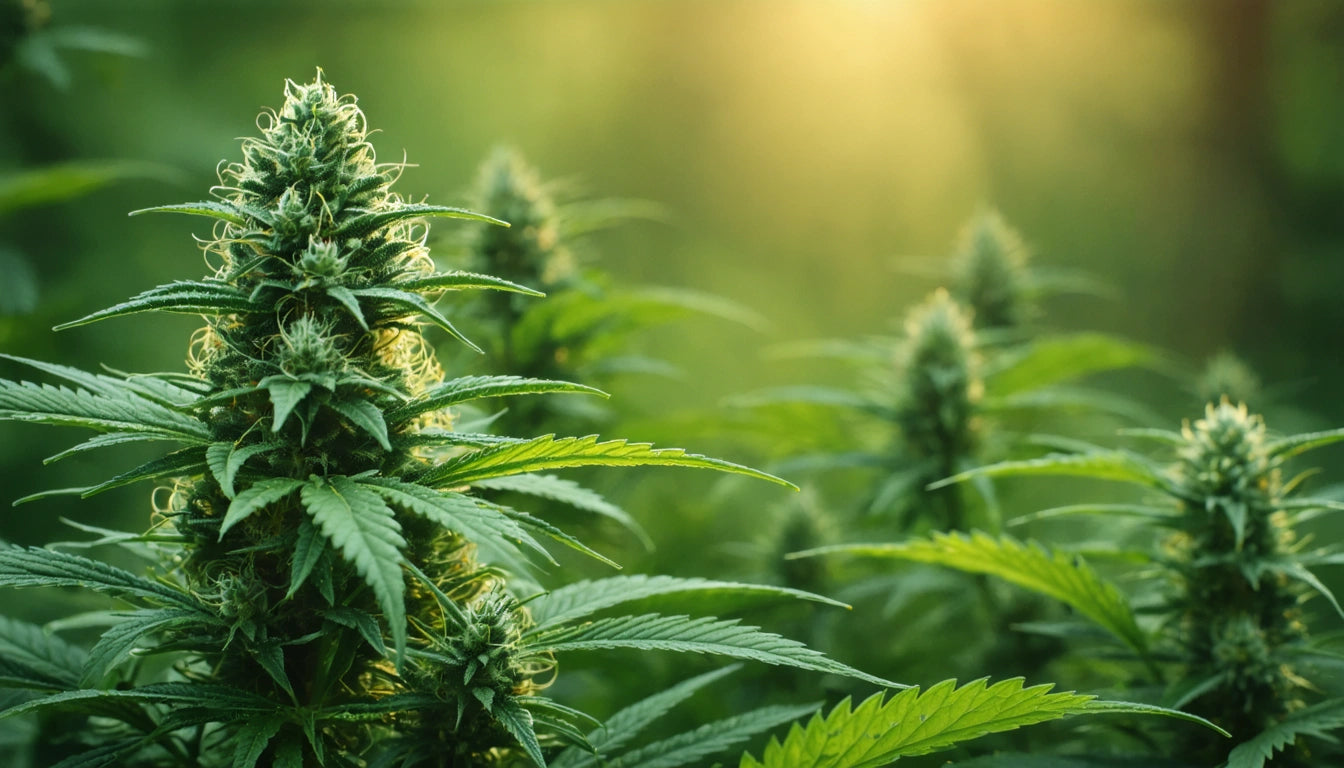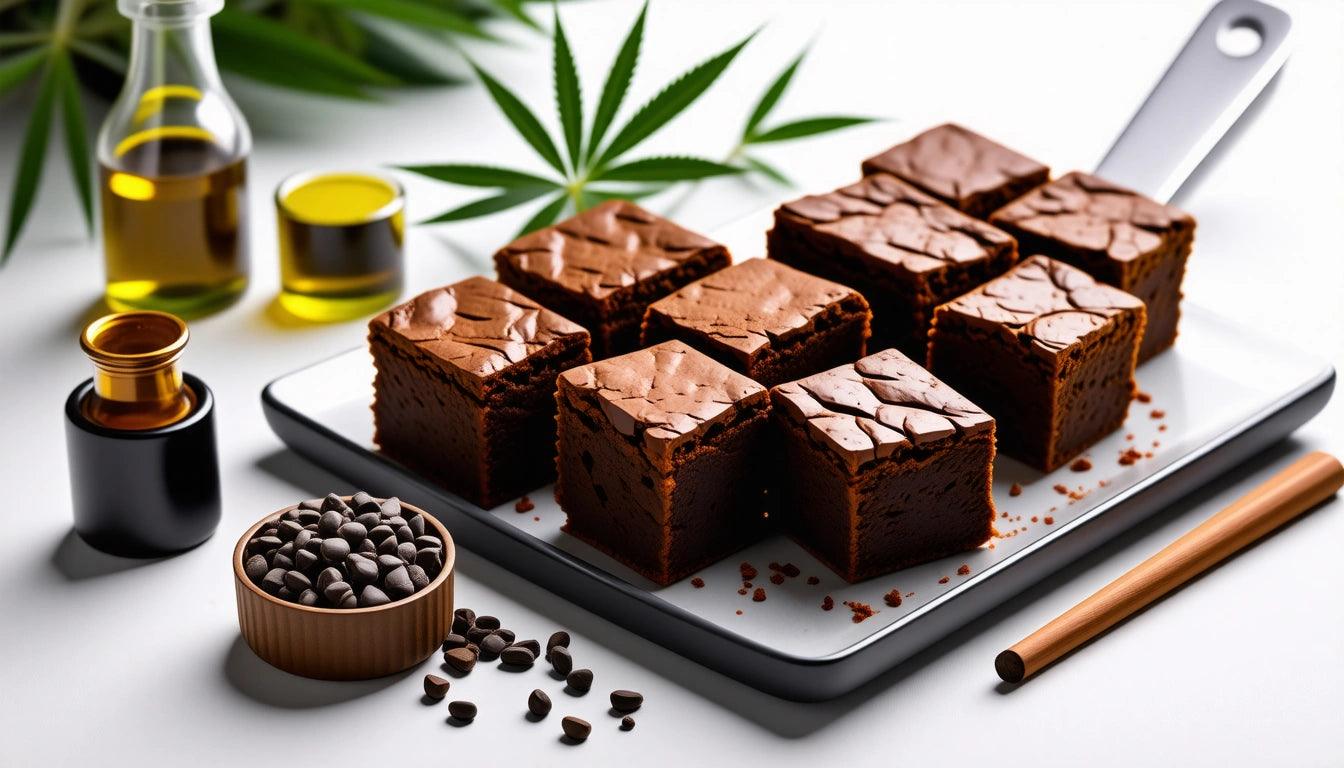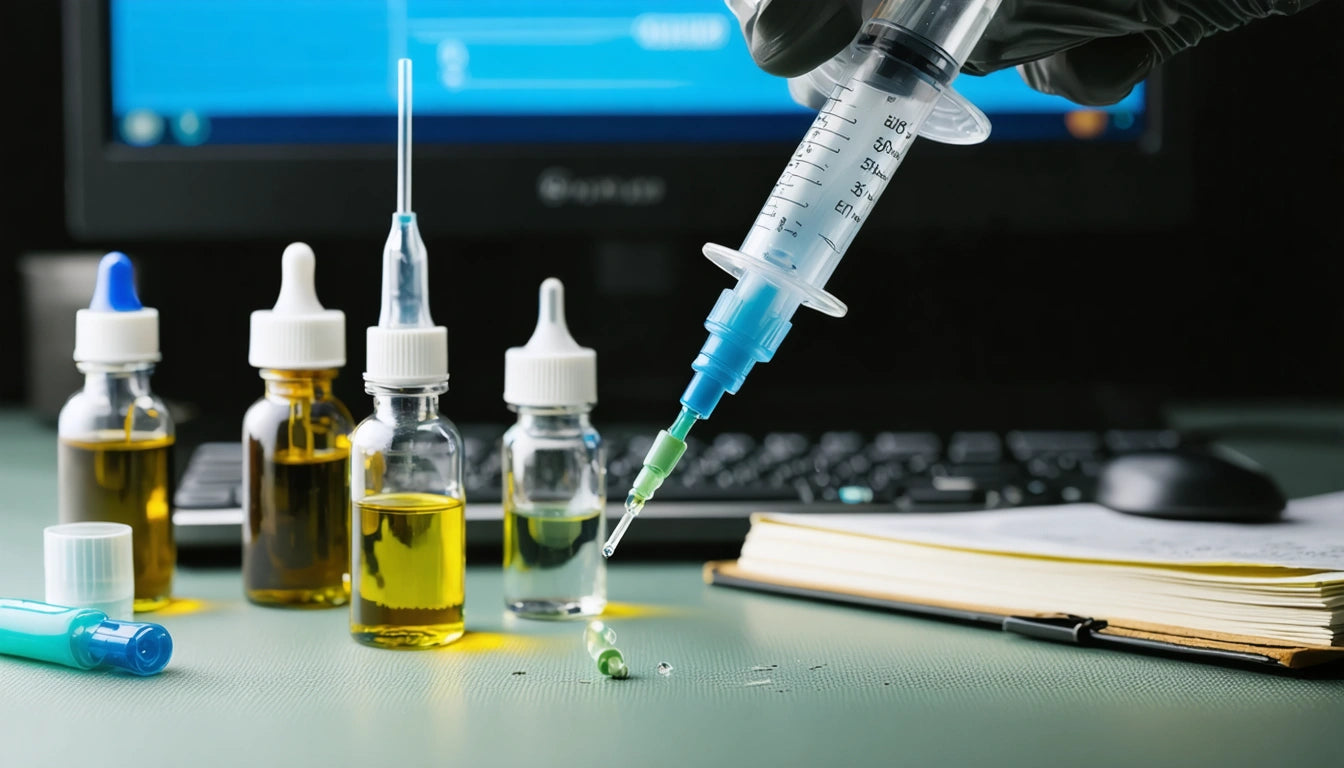How to Determine When Your Cannabis Is Ready for Harvest
Knowing the precise moment to harvest cannabis can significantly impact the final product's potency, flavor profile, and overall quality. Harvesting too early may result in underdeveloped cannabinoids, while harvesting too late can lead to degradation of THC into CBN, creating more sedative effects. This guide explores the key indicators that help determine when your cannabis plants have reached their peak harvest window.
Visual Indicators of Harvest Readiness
When approaching harvest time, cannabis plants display several visual cues that signal maturity. Most plants will be ready for harvest between 7-9 weeks after flowering begins for indica strains, and 10-12 weeks for sativa varieties. However, relying solely on the flowering timeline isn't enough to determine optimal harvest time.
As experienced growers know, visual assessment should include examining the overall plant appearance, including bud density, resin production, and color changes in leaves and pistils.
Trichome Inspection: The Most Reliable Method
Trichomes are tiny, mushroom-shaped glands that cover the buds and surrounding leaves. These crystalline structures contain the highest concentration of cannabinoids and terpenes, making them the most accurate indicator of harvest readiness.
Trichome Color Changes
- Clear trichomes: Too early to harvest, cannabinoids still developing
- Milky/cloudy trichomes: Peak THC content, energetic effects
- Amber trichomes: More CBN content, relaxing effects
- 50/50 cloudy to amber ratio: Balanced effects, ideal for most users
To properly examine trichomes, you'll need magnification. A jeweler's loupe (30-60x) or a digital microscope can provide the necessary detail to assess trichome development accurately. For optimal potency, many cultivators harvest when 70-90% of trichomes have turned cloudy with just a few amber ones appearing.
Pistil Observation for Harvest Timing
Pistils are the hair-like structures that protrude from the buds, starting white and gradually darkening to orange, red, or brown as the plant matures. This transformation provides another visual indicator of readiness:
- Mostly white pistils (70-100%): Too early to harvest
- 50-70% darkened pistils: Early harvest window, more cerebral effects
- 70-90% darkened pistils: Peak harvest window for most strains
- 90-100% darkened pistils: Late harvest, more sedative effects
While pistil coloration is easier to observe without magnification, it's slightly less reliable than trichome inspection. For best results, use both methods together to confirm your timing.
Leaf Changes and Plant Structure
As cannabis approaches harvest readiness, the fan leaves often begin to yellow and may start falling off. This is a natural part of the plant's life cycle as it directs energy toward bud development rather than foliage maintenance.
Other structural changes include:
- Calyxes swelling and becoming more dense
- Stems thickening to support heavier buds
- Reduced new growth at branch tips
- Slight curling of sugar leaves around buds
These changes, while secondary to trichome and pistil observation, provide additional confirmation that your plants are entering the harvest window.
Strain-Specific Harvest Windows
Different cannabis varieties have unique harvest windows based on their genetic makeup. Indica-dominant strains typically mature faster (7-9 weeks of flowering) than sativa-dominant varieties (10-14 weeks). Autoflowering strains often complete their entire life cycle in just 10-12 weeks from seed.
Understanding your specific strain's characteristics is crucial for timing the harvest correctly. Seed banks and breeders usually provide estimated flowering times, but environmental factors can cause variations in these timeframes.
Tools and Techniques for Accurate Assessment
To properly determine harvest readiness, several tools can be invaluable:
- Jeweler's loupe (30-60x magnification)
- Digital microscope (connects to smartphone or computer)
- Grow journal to track development stages
- Calendar to monitor flowering duration
- Reference photos of trichome development stages
After harvest, maintaining proper humidity levels during the curing process is essential for preserving terpenes and cannabinoids. Many cultivators use specialized humidity control packs to maintain optimal moisture levels, which prevents mold while preserving the aromatic compounds that contribute to the cannabis experience.
Maximizing Potency Through Proper Harvest Timing
The harvest window offers flexibility to customize your end product based on desired effects. For more energetic, cerebral effects, harvest when trichomes are mostly cloudy with minimal amber coloration. For more relaxing, body-focused effects, wait until 20-30% of trichomes have turned amber.
Some research suggests that harvesting at different times of day may also impact potency. Plants typically contain higher concentrations of terpenes and resin in the morning after the dark period, making early morning harvests potentially more potent.
Remember that the final quality of your cannabis depends not just on when you harvest, but also on proper drying and curing techniques afterward. Even perfectly timed harvests can be compromised by rushing these crucial post-harvest stages.
By combining careful observation of trichomes, pistils, and overall plant health, you can determine the ideal harvest window for your specific cannabis plants and desired effects. With practice, this process becomes more intuitive, allowing you to consistently produce high-quality cannabis with the precise characteristics you're seeking.











Leave a comment
All comments are moderated before being published.
This site is protected by hCaptcha and the hCaptcha Privacy Policy and Terms of Service apply.